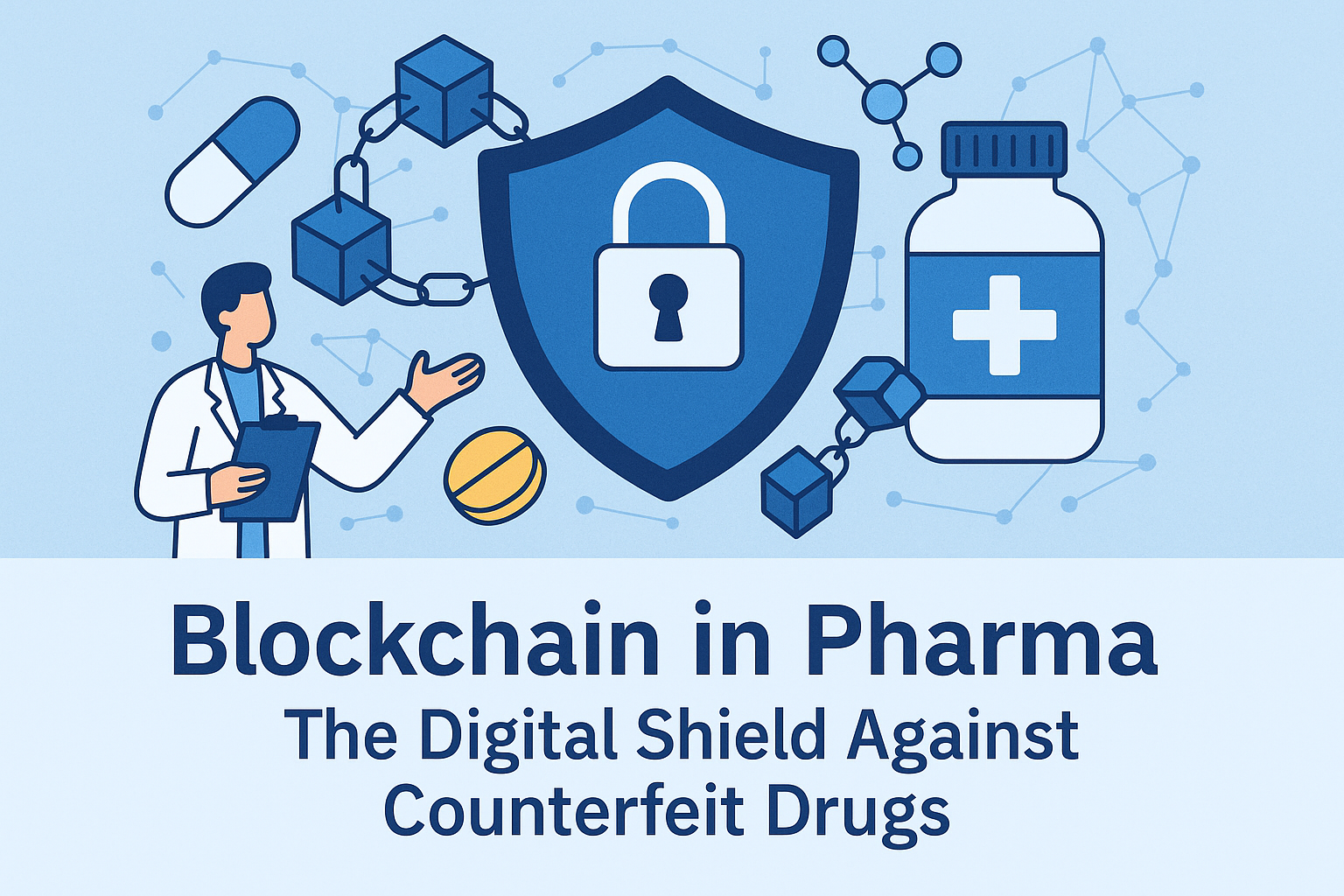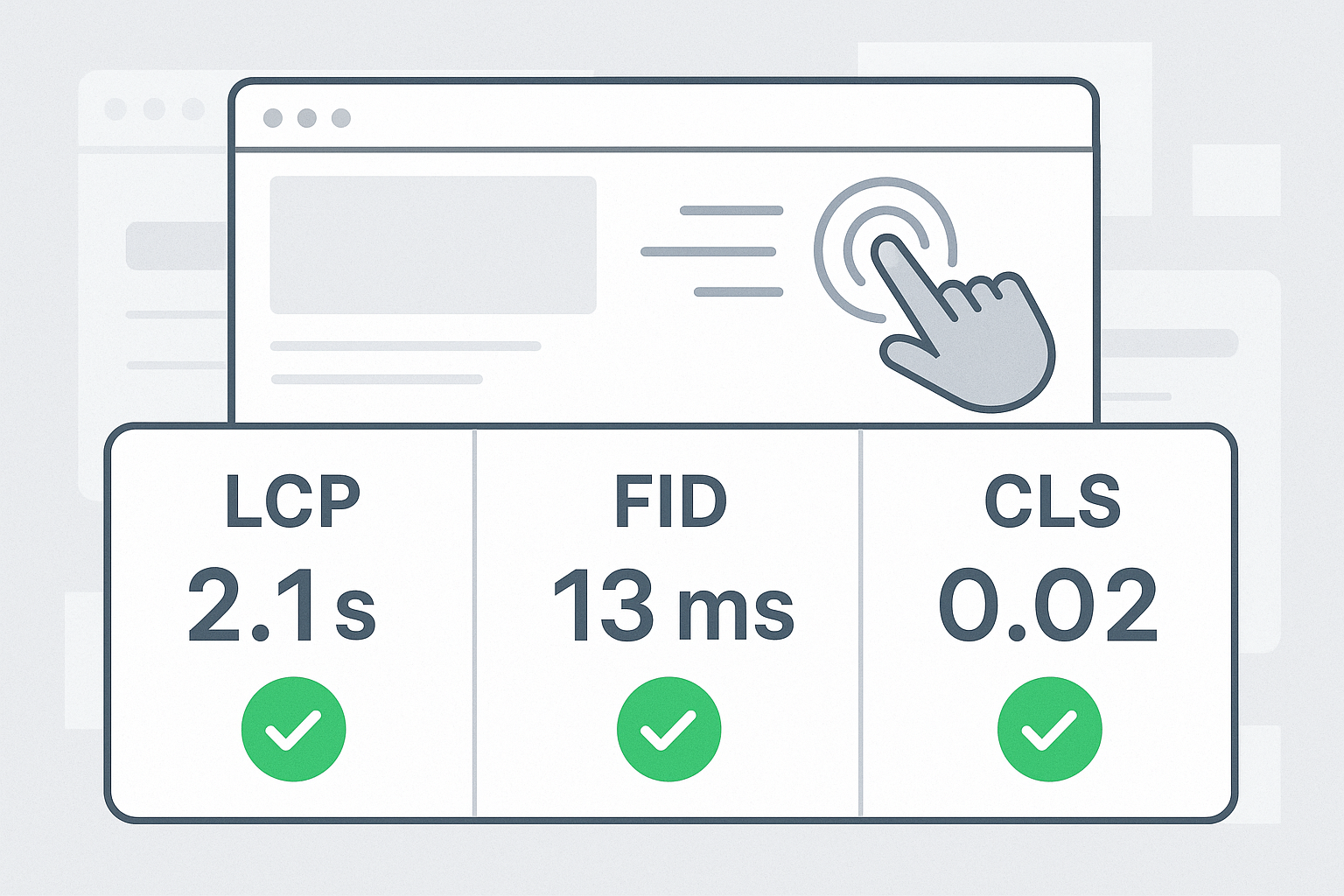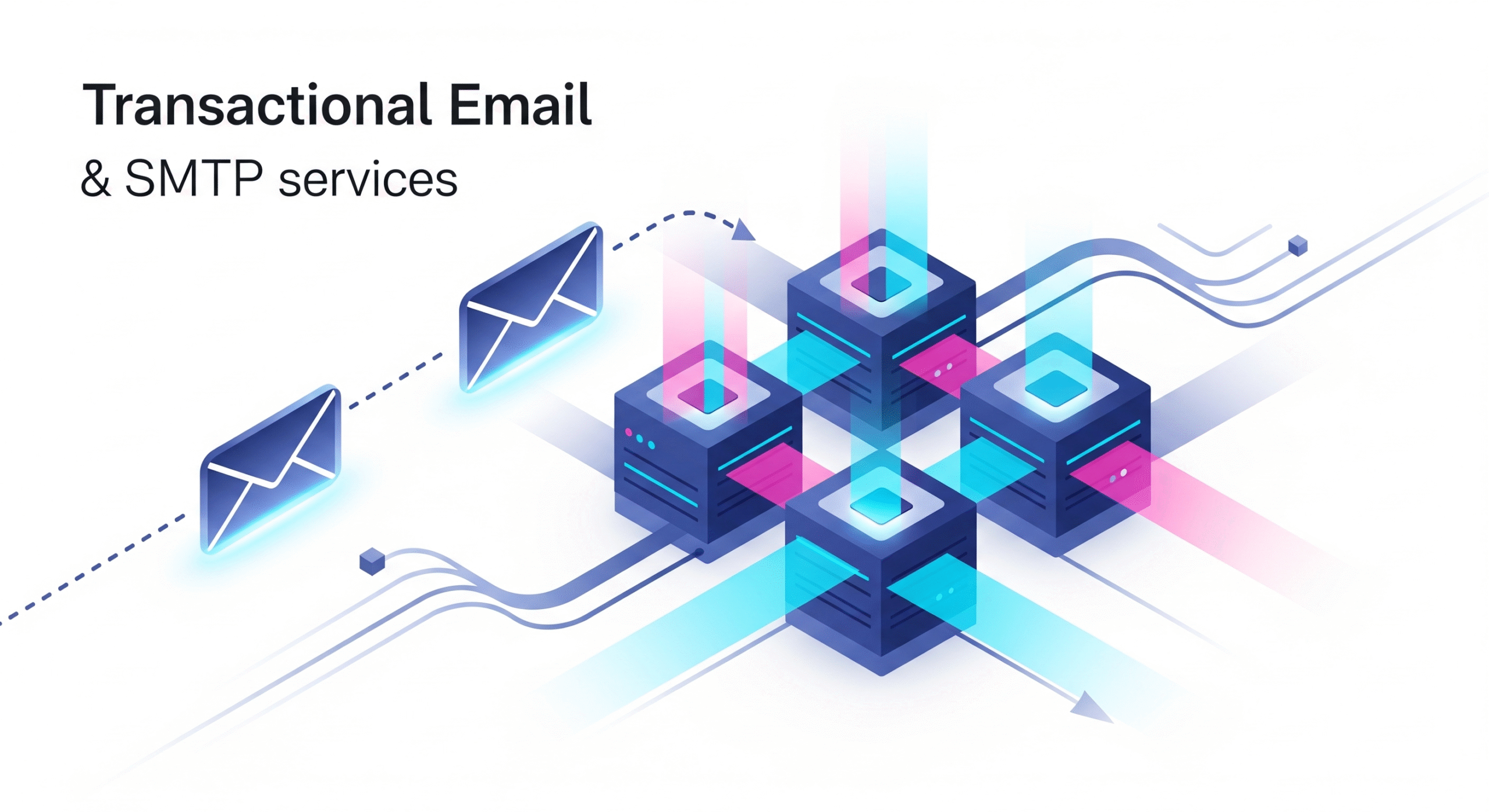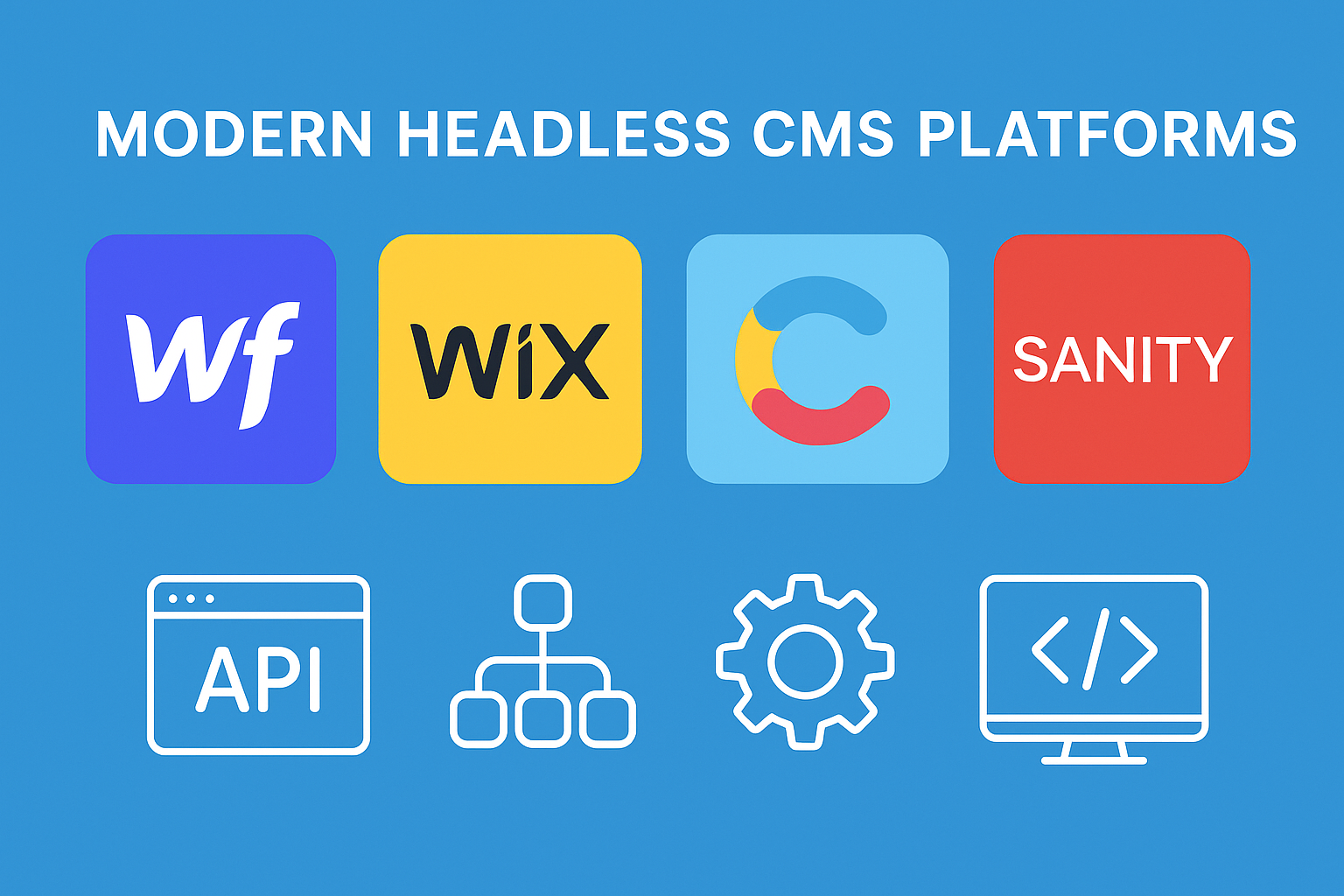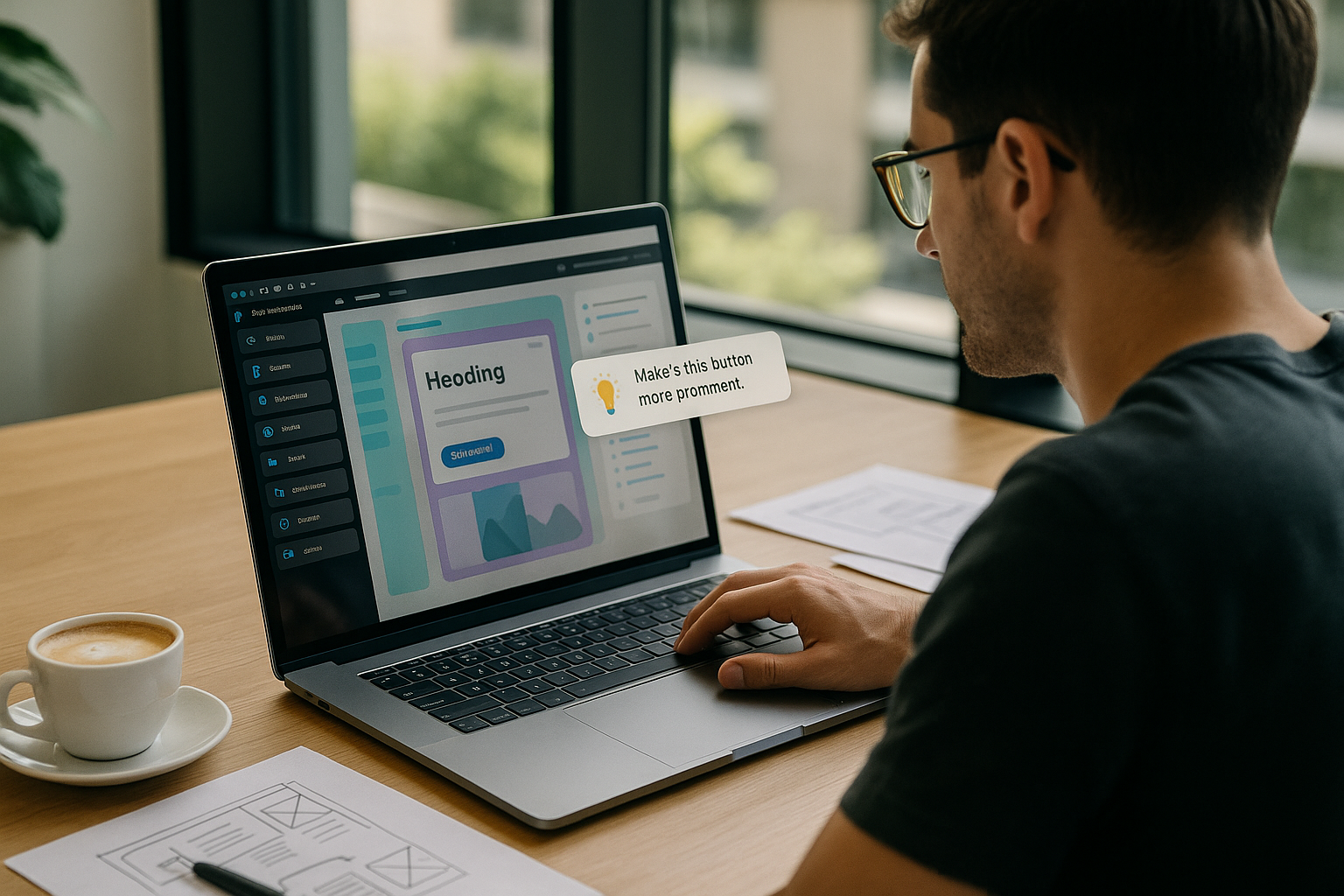Imagine walking into a pharmacy, scanning a QR code on your medication, and instantly knowing its entire journey—from the factory floor to your hands. There would be no second-guessing, no blind trust, just full transparency. That’s the future blockchain technology is promising—and it’s closer than you think.
Counterfeit drugs kill over 250,000 people globally every year and cost the pharma industry billions in revenue and trust. Blockchain, the tech that powers cryptocurrencies, is now stepping into the ring—not with hype, but with real-world, life-saving potential.
This article dives into how blockchain is becoming the digital backbone of secure, transparent pharmaceutical supply chains across the globe. We’ll unpack real case studies, explore the challenges and opportunities, and break down strategic frameworks like SWOT and Porter’s Five Forces. Whether you’re a healthcare professional, tech entrepreneur, policymaker, or concerned citizen, this is a revolution you need to know about.
The Problem: Counterfeit Drugs and Supply Chain Inefficiency
Picture this: you’re handed life-saving medicine, only to discover it’s a dangerous fake. Sounds extreme? Unfortunately, it’s a harsh reality for millions. The World Health Organisation estimates that 1 in 10 medical products in low- and middle-income countries is substandard or falsified. This silent epidemic doesn’t just steal lives—it erodes public trust, inflates healthcare costs, and undermines the very foundation of medical progress.
Counterfeit drugs have crept into every corner of the globe—from diluted chemotherapy drugs in North America to fake malaria pills in Southeast Asia. These aren’t just inefficiencies; they’re threats to human life.
What’s making this problem so persistent?
- A Broken Chain: The pharmaceutical supply chain is often fragmented across continents and vendors. Tracking a drug’s journey can be like finding a needle in a haystack.
- Paper Trails in a Digital World: Many systems still rely on outdated, manual record-keeping. This makes fraud and error almost inevitable.
- Weak Oversight: Regulatory authorities often lack the resources or tools to inspect every link in the supply chain.
- Invisible to the Eye: Consumers and even frontline pharmacists have no easy way to verify whether a drug is genuine or a clever fake.
Old-school methods like barcodes or RFID tags can be helpful—but they’re not foolproof. They can be copied, tampered with, or lost in translation. Plus, they rely on centralized systems, which can be hacked, manipulated, or simply fail.
We need a smarter, tougher, more transparent system. A digital solution that not only tracks every pill but makes that data accessible, secure, and trustworthy.
And that’s where blockchain steps in—not as a tech buzzword, but as a real-world shield against a deadly problem.
The Blockchain Advantage
Blockchain introduces a decentralized, tamper-proof ledger that records every transaction in the supply chain—from manufacturer to distributor to pharmacy. Each entry is cryptographically sealed and visible to all authorized parties.
Key Features:
- Immutability: Once data is added, it cannot be changed.
- Transparency: All stakeholders share a synchronized version of the truth.
- Smart Contracts: Automated rules can be used to flag suspicious activity or prevent the distribution of unverified drugs.
- Consumer Empowerment: Patients can scan a QR code to verify drug authenticity instantly.
Global Case Studies
1. MediLedger (United States)
Launched by Chronicled, MediLedger collaborates with major pharma companies like Pfizer and Genentech. It enables real-time product verification and complies with the Drug Supply Chain Security Act (DSCSA).
Impact:
- Reduced drug recall investigation times from days to minutes
- Strengthened industry-wide trust
- Improved regulatory compliance through seamless data sharing across partners
2. EU Falsified Medicines Directive (Europe)
Europe has piloted blockchain to track serial numbers of medicines and integrate them into a common ledger. Major pharmaceutical players across the EU collaborate to ensure every medicine pack is uniquely identifiable.
Impact:
- Real-time authentication at the point of dispensing
- Prevention of black-market re-entry
- Enhanced efficiency in managing returns and recalls
3. Sproxil and mPedigree (Africa & Asia)
These companies use mobile verification codes combined with blockchain to help consumers verify authenticity via SMS. With strong penetration in Nigeria, Ghana, India, and Bangladesh, they address last-mile safety concerns.
Impact:
- Affordable, scalable for emerging markets
- Massive reach in rural communities
- Significantly reduced distribution of counterfeit medicines
4. VeChain (China)
In partnership with pharmaceutical companies and logistics providers, VeChain deployed blockchain and IoT technologies to track vaccine storage and transport conditions in real-time.
Impact:
- Transparent cold-chain logistics
- Reduced vaccine spoilage and increased public trust in immunization programs
- Government collaboration for health data monitoring
5. FarmaTrust (Global/UK)
FarmaTrust created an AI-powered blockchain platform to track and authenticate pharmaceuticals, working with regulators in Mongolia and East Africa.
Impact:
- Prevented diversion of drugs from the public to black markets
- Improved data-driven public health planning
- Proved blockchain’s viability in low-resource settings
Holistic Benefits of Blockchain in Pharma
- Patient Safety
- Ensures drug integrity throughout its lifecycle
- Reduces adverse events from counterfeit or expired drugs
- Regulatory Compliance
- Helps meet global traceability mandates (US DSCSA, EU FMD, India’s DAVA portal)
- Operational Efficiency
- Speeds up recalls, audits, and logistics
- Lowers cost through automation and reduced fraud
- Brand Protection
- Builds trust by ensuring authenticity and accountability
- Strengthens public confidence in pharma companies
- Supply Chain Optimization
- Real-time data visibility helps forecast demand and optimize inventory
- Global Interoperability
- Standardized systems can bridge gaps between countries and regulatory frameworks
Challenges and Considerations
- Technical Complexity: Integrating blockchain with legacy systems requires technical expertise and infrastructure upgrades.
- Scalability: Managing millions of transactions per day demands high throughput and efficient consensus algorithms.
- Legal and Regulatory Gaps: Some countries lack legal frameworks to accept blockchain data as evidence.
- Data Privacy: Balancing transparency with compliance with data protection laws (like GDPR, and HIPAA).
- Initial Investment: High upfront costs may be a barrier, especially for small and mid-size enterprises (SMEs).
SWOT Analysis: Blockchain in Pharmaceutical Supply Chains
| Strengths | Weaknesses |
| Immutability: Tamper-proof logs prevent data manipulation | High setup and integration cost |
| Transparency: Every transaction is visible and verifiable | Lack of technical expertise in some regions |
| Consumer trust through QR-based authentication | Not all blockchain platforms are interoperable |
| Enables automation through smart contracts | Regulatory uncertainty in developing markets |
| Opportunities | Threats |
| Rapid growth in the global track-and-trace market | Cybersecurity vulnerabilities at integration points |
| Rising regulatory mandates in pharma | Resistance from stakeholders used to legacy systems |
| Mobile-first solutions for emerging markets | Fragmentation due to differing country regulations |
| Potential for AI integration to predict anomalies | Blockchain scalability limitations |
Porter’s Five Forces Analysis: Disrupting Pharma with Digital Armor
To understand how blockchain can shake up the pharmaceutical world, let’s break it down through Porter’s Five Forces—but with a real-world, high-stakes lens. This isn’t a theory from a textbook; it’s a street-level view of how blockchain can upend the rules of the game.
1. Competitive Rivalry – Very High
Pharma is a fierce battleground. From Silicon Valley tech giants like IBM and Microsoft to nimble blockchain startups like Chronicled and Modum, everyone’s racing to own the digital infrastructure of tomorrow’s medicine supply chain. The rivalry is intense because the stakes are high: market leadership equals public trust—and billions in secured transactions. Companies need not just good tech, but speed, regulatory clout, and interoperability to win.
2. Threat of New Entrants – Moderate, But Rising
Thanks to open-source platforms and the growing push for digital health, it’s easier than ever to launch a blockchain initiative. But don’t be fooled. Scaling it is another ball game. Gaining pharma partners, passing regulatory audits, and managing real-world integration requires deep pockets and political savvy. Still, with global momentum, we’re likely to see more tech-driven health startups joining the race.
3. Supplier Power – High
Suppliers in this context aren’t just selling code—they’re selling the digital plumbing for healthcare. Whether it’s blockchain platforms (like Hyperledger or Ethereum), cloud services (AWS, Azure), or IoT sensor manufacturers, these players have leverage. They influence cost, performance, and security. The antidote? Diversification and open-standards integration to prevent vendor lock-in.
4. Buyer Power – Mixed Bag
Large buyers like multinational pharma firms and government health departments wield massive influence. They can demand transparency, pricing flexibility, and custom features. On the flip side, retail pharmacies, NGOs, and healthcare clinics—especially in low-resource settings—are fragmented and cost-sensitive. For blockchain to scale globally, solutions must be inclusive and tiered.
5. Threat of Substitutes – Moderate
Barcodes, RFID, and centralized systems are still holding strong, mainly due to their simplicity and low cost. But they fall short on one critical front: tamper-proof transparency. Blockchain’s edge is trust at scale. Emerging alternatives like AI-powered anomaly detection and secure digital watermarking are promising—but not yet as holistic or secure. In essence, blockchain is the substitute threatening the status quo, not the other way around.
In conclusion, blockchain isn’t just playing in the pharma arena—it’s trying to rewrite the rules. The forces are strong, but so is the opportunity. The winners will be those who combine tech innovation with deep domain expertise, smart partnerships, and a bold vision for safer, smarter healthcare.
From Vision to Reality: A Global Roadmap for Blockchain-Powered Pharma
- Pilot Programs
- Start with pilot projects in high-risk markets (e.g., cancer drugs, insulin)
- Partner with national health ministries and pharmaceutical companies
- Standardization
- Align with GS1 standards and WHO recommendations
- Integrate serialization mandates (e.g., US DSCSA, EU FMD)
- Regulatory Sandboxes
- Work with regulators to create innovation-friendly environments
- Use sandboxes to refine compliance and resolve privacy issues
- Public-Private Partnerships
- Bring together stakeholders: governments, pharma, tech providers, NGOs
- Share infrastructure costs and promote interoperability
- Education & Training
- Upskill workforce to manage blockchain platforms
- Run awareness campaigns for consumers on verifying drugs via QR
- Scalable Tech Architecture
- Choose scalable blockchain platforms with IoT and mobile support
- Ensure APIs are interoperable with ERP and legacy systems
Conclusion
Blockchain is not just a buzzword—it’s a transformative force redefining the pharmaceutical industry’s approach to safety, trust, and transparency. While it’s not a silver bullet, it offers a powerful shield against one of the most dangerous public health threats: counterfeit medication.
By enabling end-to-end traceability, boosting accountability, and empowering consumers with verifiable authenticity, blockchain has the potential to reshape how we interact with and trust our medicines. From large pharma companies to small clinics in remote areas, the benefits are holistic—protecting patients, securing supply chains, and strengthening public health systems.
The challenges are real, but they are not insurmountable. With smart investments, strong partnerships, supportive regulatory frameworks, and the courage to innovate, blockchain can help us build a future where safe, authentic medicine is the global standard—not the exception.
Let’s seize this opportunity and create a world where every pill, every treatment, and every patient journey is backed by unshakeable trust.






